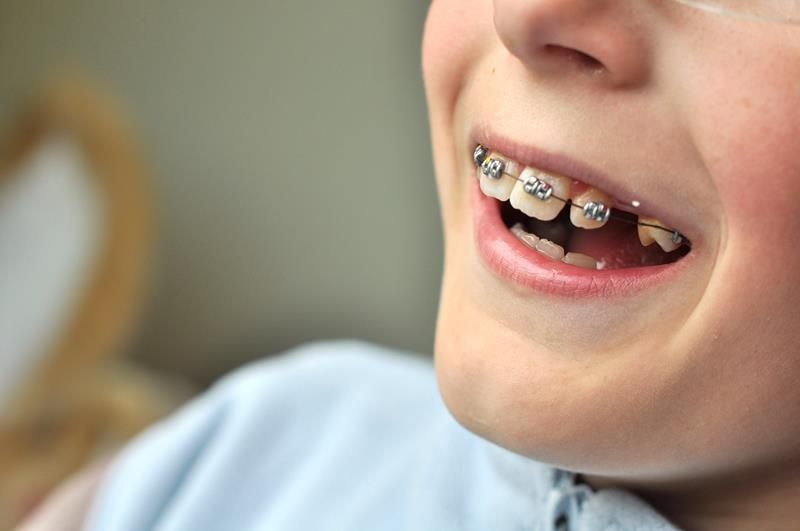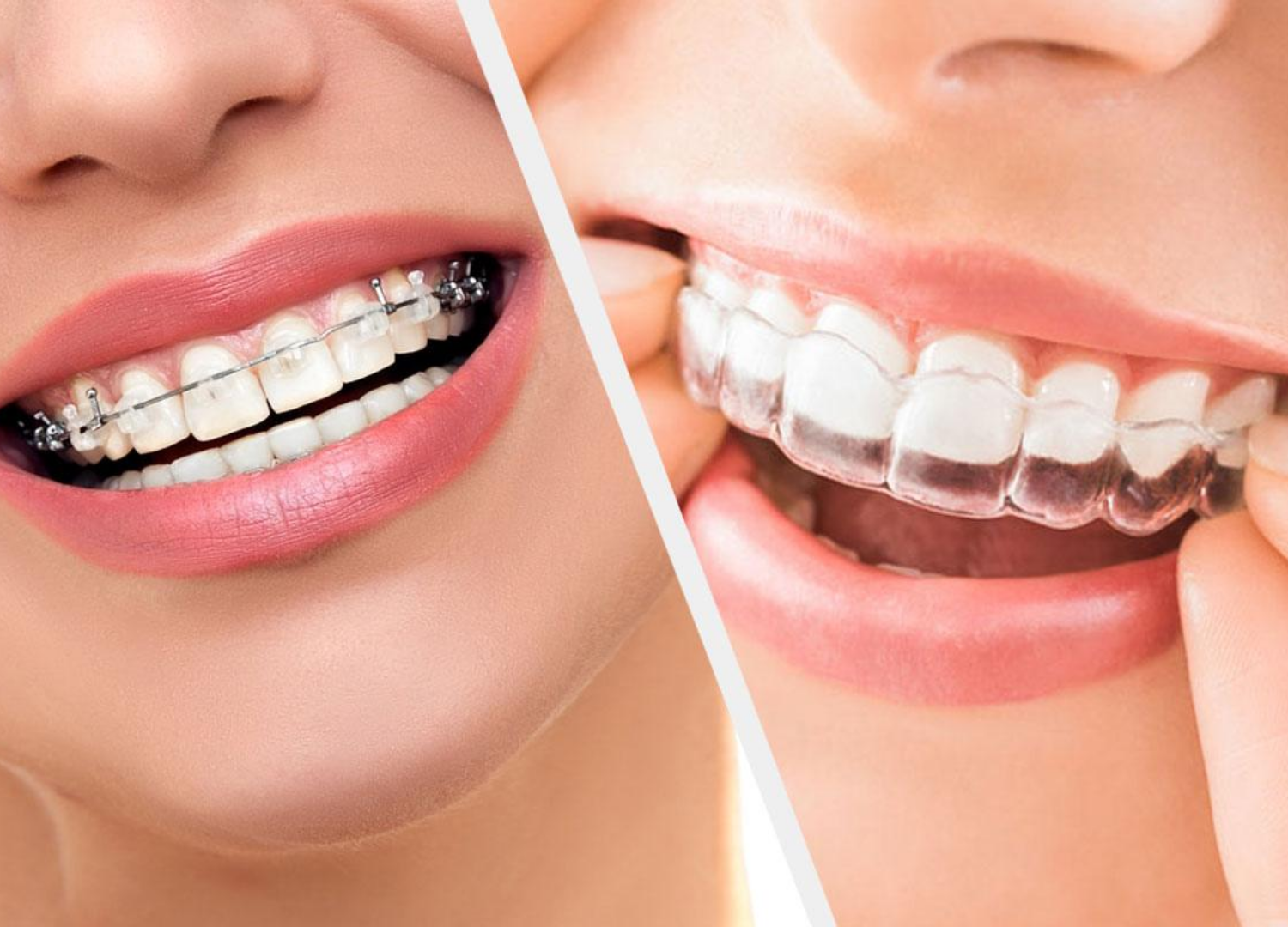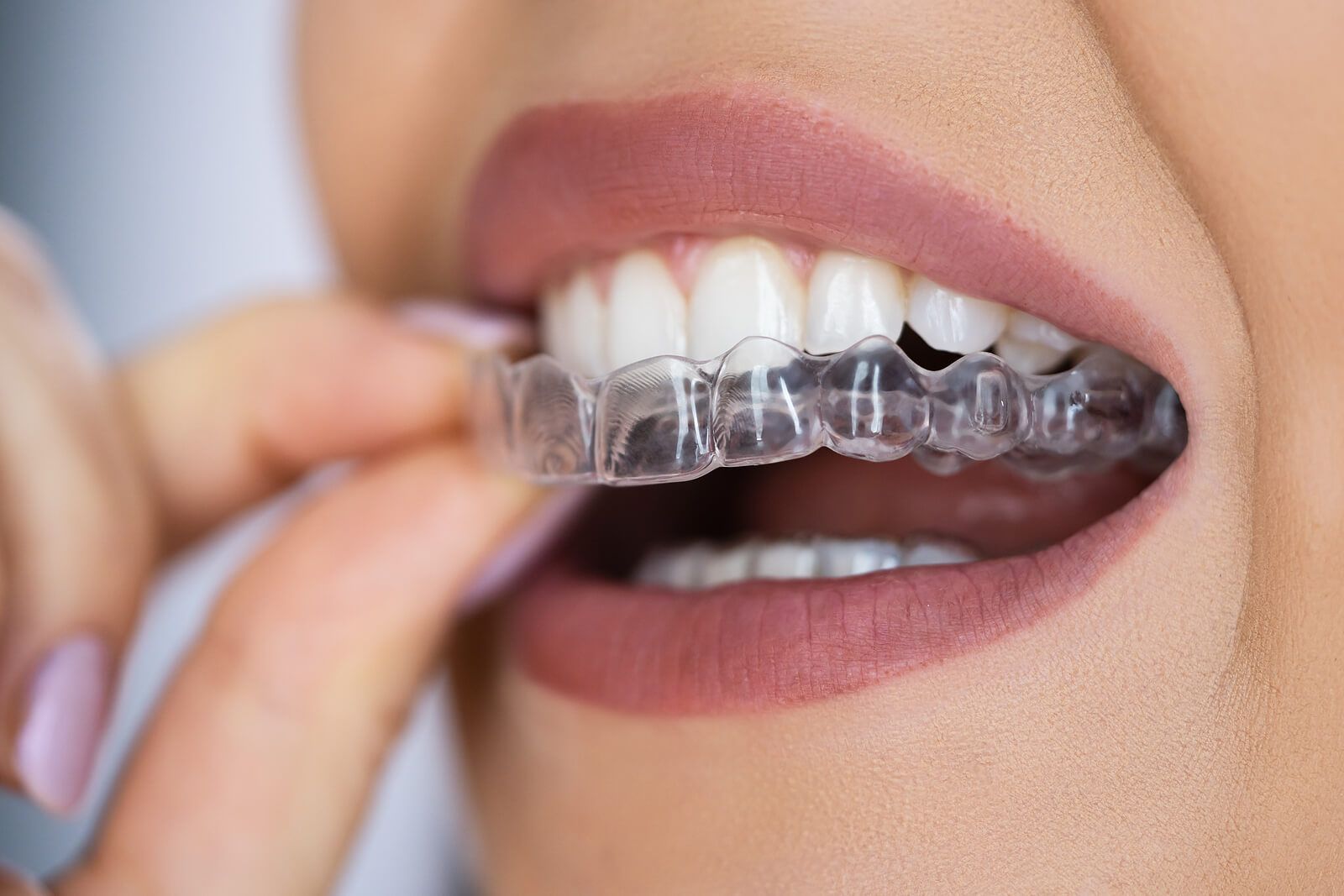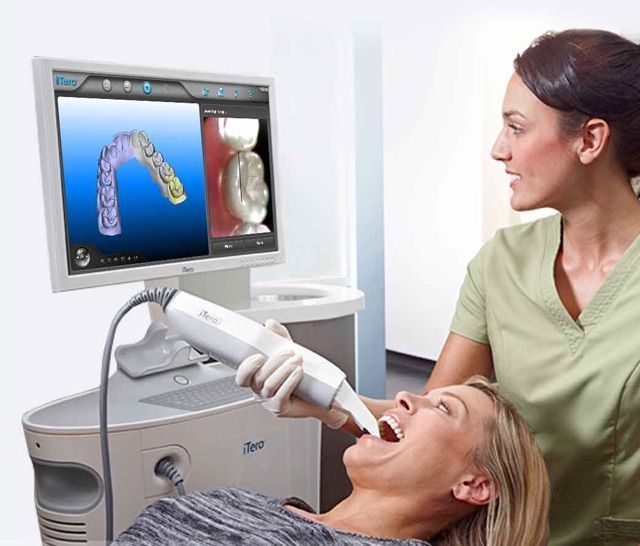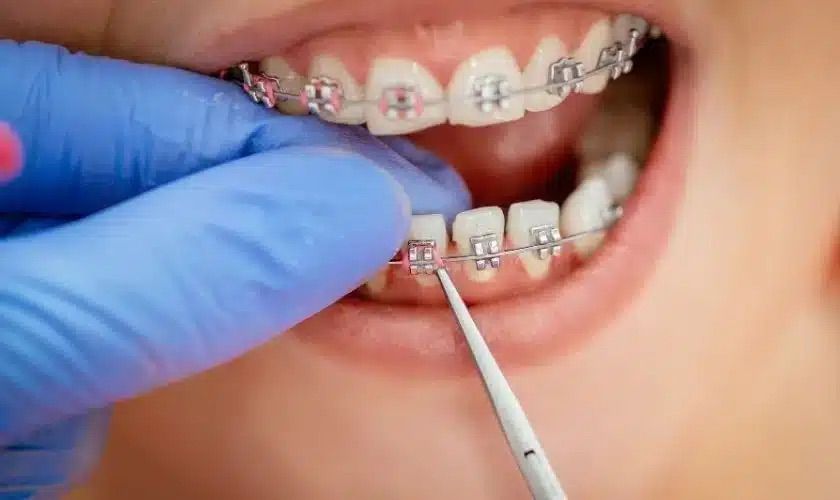What Happens If You Don’t Wear Your Retainer?
Maintain Your Straight Smile After Treatment
Best Orthodontist in Olathe, Overland Park, & Spring Hill, KS
Completing orthodontic treatment is an exciting milestone. Whether you’ve finished braces or Spark aligners, the day your orthodontist says, “You’re done,” feels like a victory. But there’s one more crucial step that patients often underestimate — wearing your retainer.
At Stroede Orthodontics, serving Olathe, Overland Park, and Spring Hill, we see how often patients misunderstand the importance of retention. Unfortunately, many people believe once the braces come off or the last aligner is worn, the results are permanent. The truth is: without wearing your retainer, your teeth can and will move.
Let’s break down why retainers matter, what happens if you don’t wear them, and how to keep your smile straight for a lifetime.
Why Retainers Are Necessary After Orthodontic Treatment
When you finish orthodontic treatment, your teeth may look perfect — but the bone and ligaments that support them are still adapting to their new positions. It takes time for these structures to stabilize. Retainers hold the teeth in place while this process occurs.
Think of your retainer as the “insurance policy” for your smile. Without it, your teeth can gradually — or even quickly — shift back toward their original positions. This is especially true in the first few months after treatment, which is why we emphasize consistent retainer use during this critical phase.
The Consequences of Skipping Your Retainer
Failing to wear your retainer regularly can lead to several unwanted outcomes. Here’s what we often see in our Olathe, Overland Park, and Spring Hill patients who stop wearing their retainers:
1. Shifting Teeth
Orthodontic relapse is real. Even after months or years of treatment, teeth can begin to drift. This can happen within a few days for some patients — particularly in areas of the mouth prone to movement, like the lower front teeth. If you’ve had work done like dental implants or veneers in Overland Park or Olathe, shifting teeth can affect the integrity and look of those restorations.
2. Changes in Bite
When teeth move, your bite alignment may also change. This can result in functional issues like jaw discomfort, trouble chewing, or uneven wear on your teeth. It’s also common for patients to feel as though their teeth no longer “fit together” the way they once did, which can affect speech or lead to clenching or grinding.
Patients who have undergone jaw surgery in Olathe or Overland Park are especially vulnerable to these changes — retention is crucial to maintaining the structural improvements from surgery.
3. Re-treatment May Be Required
Unfortunately, if the relapse is significant, patients may need to restart orthodontic treatment. We’ve seen this in both teens and adults who discontinued retainer wear and later returned seeking corrections. In some cases, we can address minor shifts with a new retainer or short-term Spark aligners, but more significant movement may require braces or aligners all over again.
4. Wasted Time and Money
Orthodontic care is an investment in your health, confidence, and appearance. Not wearing your retainer puts that investment at risk. Retainers are a simple, low-cost tool that can save you from repeat treatment and unnecessary expenses.
How Often Should You Wear Your Retainer?
Our general recommendation is to wear your retainer full-time for the first 3–6 months after treatment. After that, most patients can transition to nighttime-only wear. But even years down the road, wearing your retainer a few nights a week is essential.
It’s not uncommon for adults in Overland Park or Olathe to tell us, “I stopped wearing my retainer a few years ago and now my teeth are shifting.” That’s why we say retention is a lifelong commitment. Even subtle movement can affect the results of past cosmetic or restorative work, such as veneers, teeth whitening, or dental crowns.
What If You’ve Already Stopped Wearing Your Retainer?
If it’s been days, weeks, or even months since you last wore your retainer, don’t panic — but don’t wait either.
Here’s what to do:
- Try your retainer on:
If it still fits comfortably, begin wearing it again immediately. You may feel slight pressure, but that’s normal. - Don’t force it:
If your retainer doesn’t fit, don’t attempt to wear it. Forcing it can damage your teeth or the appliance. - Call us:
At Stroede Orthodontics, we’ll evaluate your teeth to determine how much movement has occurred and what the best course of action is. Sometimes, a new retainer is all that’s needed. Other times, we may recommend Spark aligners to correct the shift.
Whether you’re in Spring Hill or searching for a dentist near me in Olathe, we’re here to help you get back on track.
Types of Retainers We Offer
At Stroede Orthodontics, we provide both removable and permanent retainers depending on your needs:
- Removable retainers are typically clear plastic trays, similar to Spark aligners. These are easy to clean, discreet, and effective.
- Permanent retainers are small wires bonded behind your front teeth. They’re ideal for patients prone to relapse or those who want a “set it and forget it” solution.
We’ll help you choose the option that works best for your smile and lifestyle. Patients with previous dental implants in Overland Park or dental crowns in Olathe often benefit from custom-designed retainers that protect their restorations as well.
Caring for Your Retainer
Proper care ensures your retainer lasts as long as possible and stays effective. Here are a few best practices:
- Clean daily with gentle soap and warm water (not toothpaste)
- Avoid hot temperatures that can warp plastic retainers
- Keep your retainer in its case when not in use
- Bring it to your appointments for evaluation
Retainers are small but mighty — and keeping them clean and functional is key to preserving your results.
Why Teens and Adults Struggle With Retainer Compliance
Teenagers are often so excited to be “done” with braces that they forget or resist wearing their retainers. Adults, on the other hand, may forget to wear theirs due to busy routines or travel.
We see both types of patients in Olathe, Overland Park, and Spring Hill. To help, we suggest building retainer wear into your nightly routine, just like brushing your teeth. Parents can also use apps or simple reminders to keep their teens on track.
If you’ve invested in cosmetic procedures like teeth whitening in Olathe or veneers in Overland Park, remember — a retainer helps maintain not just your alignment, but the appearance and longevity of those enhancements as well.
Retainers and Cosmetic Dentistry: A Critical Connection
Cosmetic treatments like veneers or whitening work best when your teeth are properly aligned and remain that way. Without retainers, teeth can shift and create gaps or overlap that affect your results.
Patients who’ve completed orthodontic treatment before getting veneers in Olathe or dental implants in Overland Park should be especially mindful of wearing their retainers consistently. A minor shift can affect symmetry, bite alignment, and restoration fit.
Final Thoughts
Orthodontic treatment is a major step toward a healthier, more confident smile — but the work doesn’t stop when the braces or aligners come off. Retainers are the key to maintaining everything you’ve achieved.
At Stroede Orthodontics, we’re committed to helping our patients from Olathe, Overland Park, and Spring Hill maintain their results for life. If you’ve stopped wearing your retainer, lost it, or noticed your teeth shifting, don’t wait. Schedule a visit with our team so we can evaluate your smile and protect your investment.
22438 S Harrison St, Spring Hill, KS, 66083
14880 Metcalf Ave, Overland Park, KS, 66223
15990 S Brougham Dr, Olathe, KS 66062

